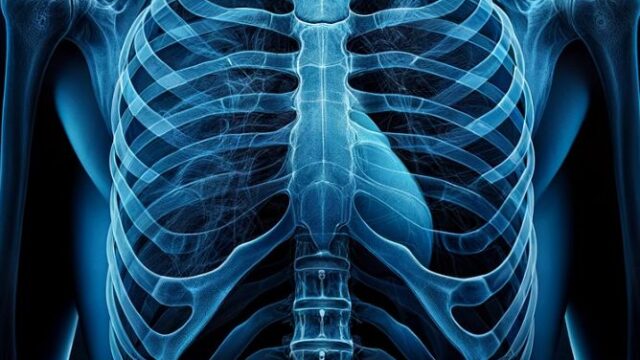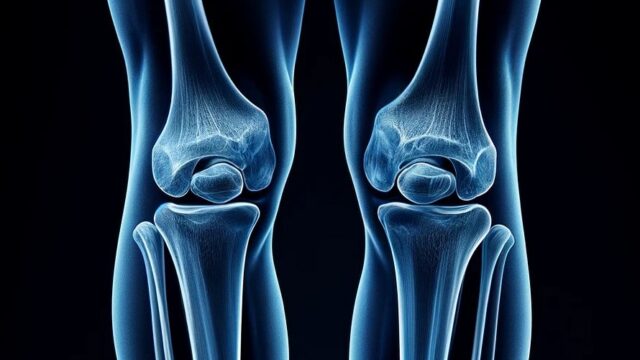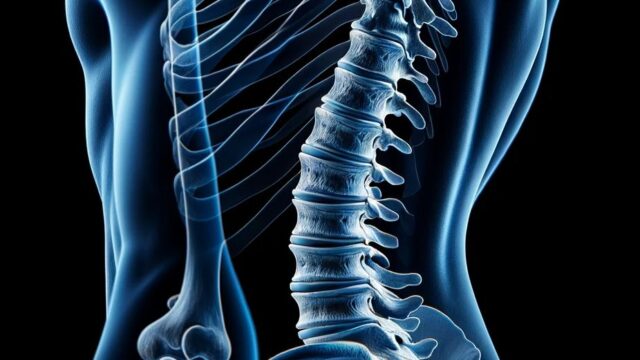Purpose
Observation of the face (particularly the orbits, maxillary sinuses, and nasal cavities) from the front.
Evaluation of fractures, inflammation, and tumors.
Prior confirmation
Remove any obstructing objects (hairpins, glasses, etc.).
Positioning
Seated position. (To visualize fluid levels, X-rays should be taken in an upright position with a horizontal beam of radiation.)
Straighten the spine and ensure that the shoulders are not overlapping.
Align the mid-sagittal plane with the cassette’s central axis and keep it vertical.
Place markers (R/L).
Elevate the chin and position the Frankfort horizontal line at a 45° angle to the cassette.
*If the angle is set at 60° (to approximate a frontal view of the head), it is referred to as the Semi-Waters method.
CR, distance, field size
CR : The anterior nasal spine serves as the exit point, and the X-ray beam is directed perpendicular to the cassette.
Distance : 100cm
Field size : It includes the entire head.
Exposure condition
75kV / 20mAs
Grid ( + )
Suspend respiration
Image, check-point
Normal (Radiopaedia)
The superior border of the petrous bone is projected below the maxillary sinus.
The nasal septum is centered, and other structures are symmetrically projected on both sides.
McGrigor-Campbell lines are recognizable.
Videos
Related materials











